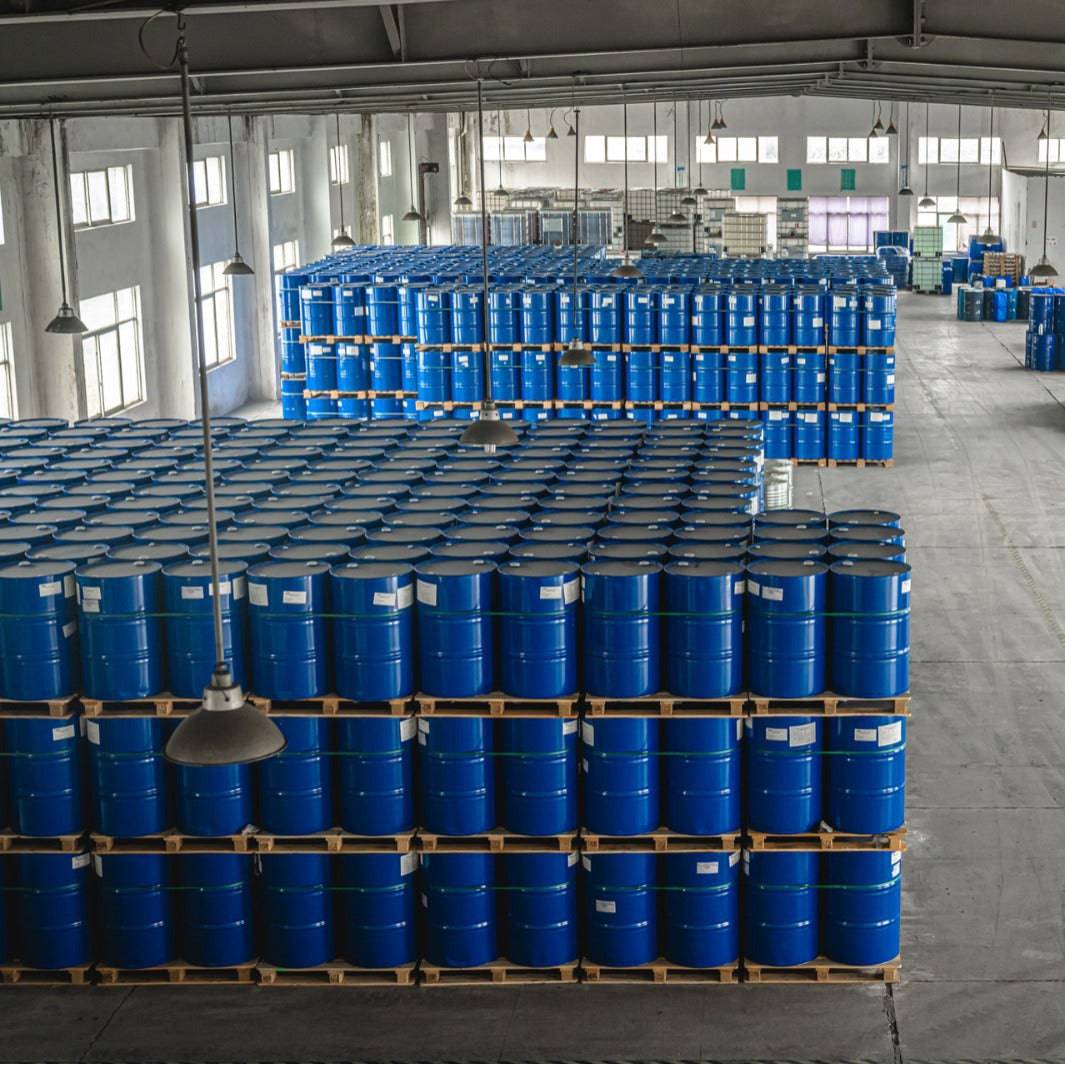Little Known Questions About Chemie.
Little Known Questions About Chemie.
Blog Article
Chemie for Beginners
Table of ContentsChemie for DummiesEverything about ChemieWhat Does Chemie Mean?Chemie - QuestionsLittle Known Facts About Chemie.The 6-Minute Rule for Chemie
By Bojanna Shantheyanda, Sreya Dutta, Kevin Coscia and David SchiemerDynalene, Inc. Fluid air conditioning, which can be achieved making use of indirect or straight methods, is utilized in electronics applications having thermal power thickness that may go beyond secure dissipation through air cooling. Indirect fluid cooling is where warm dissipating electronic parts are literally divided from the fluid coolant, whereas in instance of direct air conditioning, the components are in straight contact with the coolant.In indirect cooling applications the electrical conductivity can be crucial if there are leakages and/or spillage of the fluids onto the electronic devices. In the indirect air conditioning applications where water based fluids with corrosion inhibitors are usually made use of, the electric conductivity of the liquid coolant mostly relies on the ion concentration in the liquid stream.
The rise in the ion concentration in a shut loop liquid stream might happen as a result of ion seeping from metals and nonmetal components that the coolant liquid touches with. Throughout operation, the electric conductivity of the fluid might increase to a level which might be harmful for the cooling system.
4 Simple Techniques For Chemie
(https://www.twitch.tv/chemie999/about)They are bead like polymers that can trading ions with ions in a service that it is in contact with. In today work, ion leaching tests were executed with various steels and polymers in both ultrapure deionized (DI) water, i.e. water which is dealt with to the greatest degrees of purity, and reduced electrical conductive ethylene glycol/water mixture, with the gauged change in conductivity reported over time.
The samples were enabled to equilibrate at room temperature level for 2 days before recording the preliminary electrical conductivity. In all tests reported in this study liquid electric conductivity was measured to a precision of 1% utilizing an Oakton disadvantage 510/CON 6 series meter which was calibrated prior to each dimension.
The Only Guide for Chemie
from the wall surface home heating coils to the facility of the heater. The PTFE sample containers were put in the furnace when consistent state temperatures were reached. The test setup was removed from the furnace every 168 hours (seven days), cooled down to space temperature with the electric conductivity of the fluid determined.
The electrical conductivity of the liquid sample was monitored for a total amount of 5000 hours (208 days). Schematic of the indirect closed loophole cooling experiment set-up. Elements made use of in the indirect shut loophole cooling down experiment that are in contact with the fluid coolant.

Getting The Chemie To Work
The change in liquid electrical conductivity was kept track of for 136 hours. The fluid from the system was collected and kept.

0.1 g of Dowex resin was contributed to 100g of liquid samples that was absorbed a separate container. The mixture was stirred and transform in the electrical conductivity at space temperature level was gauged every hour. The determined modification in the electric conductivity of the UP-H2O and EG-LC examination liquids including polymer or metal when involved for 5,000 hours at 80C is shown Number 3.
Getting The Chemie To Work
Ion leaching experiment: Measured modification in electric conductivity of water and EG-LC coolants including either polymer or steel samples when immersed for 5,000 hours at 80C. The results show that metals contributed less ions right into the liquids than plastics in both UP-H2O and EG-LC based coolants.
Fluids having polypropylene and HDPE exhibited the most affordable electric conductivity changes. This can be as a result of the brief, stiff, linear chains which are much less most likely to contribute ions than longer branched chains with weaker intermolecular forces. Silicone also carried out well in both test fluids, as polysiloxanes are normally chemically inert because of the high bond energy of the silicon-oxygen bond which would stop degradation of the product into the liquid.
6 Easy Facts About Chemie Shown
It would certainly be expected that PVC would certainly create comparable results to those of PTFE and HDPE based upon the comparable chemical frameworks of the materials, however there might be other impurities present in the PVC, such as plasticizers, that may influence the electrical conductivity of the liquid - fluorinert. In addition, chloride teams in PVC can additionally seep into the examination liquid and can cause a rise in electrical conductivity
Polyurethane entirely broke down into the test liquid by the end of 5000 hour test. Prior to and after pictures of metal and polymer samples immersed for 5,000 hours at 80C in the ion seeping experiment.
Measured change in the electrical conductivity of UP-H2O coolant as a function of time with and without resin cartridge in the closed indirect cooling loop experiment. The determined modification in electric conductivity of the UP-H2O for 136 hours with and without ion exchange resin in the loop is received Number 5.
Report this page